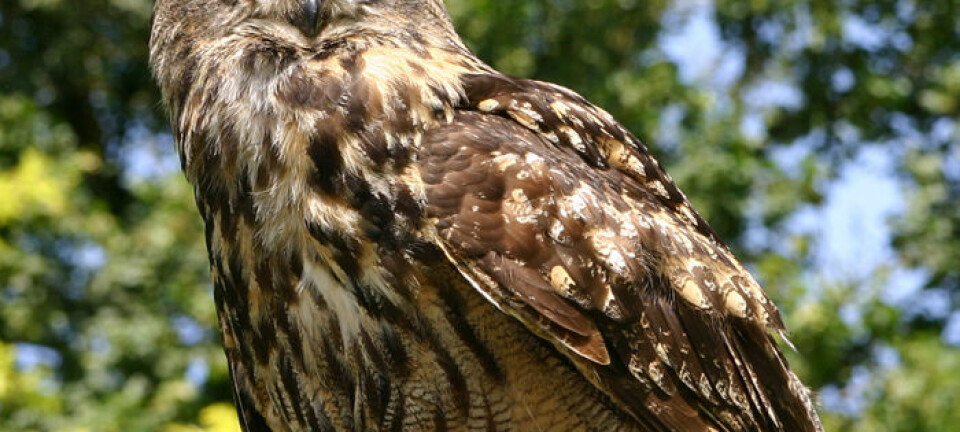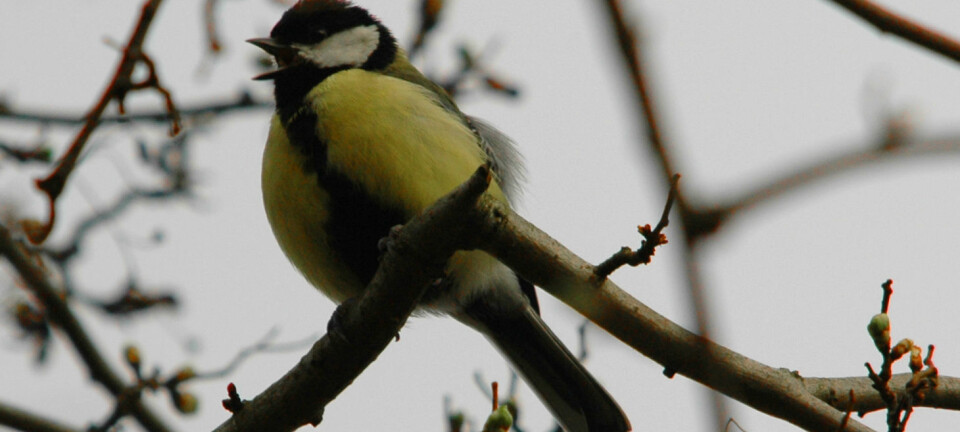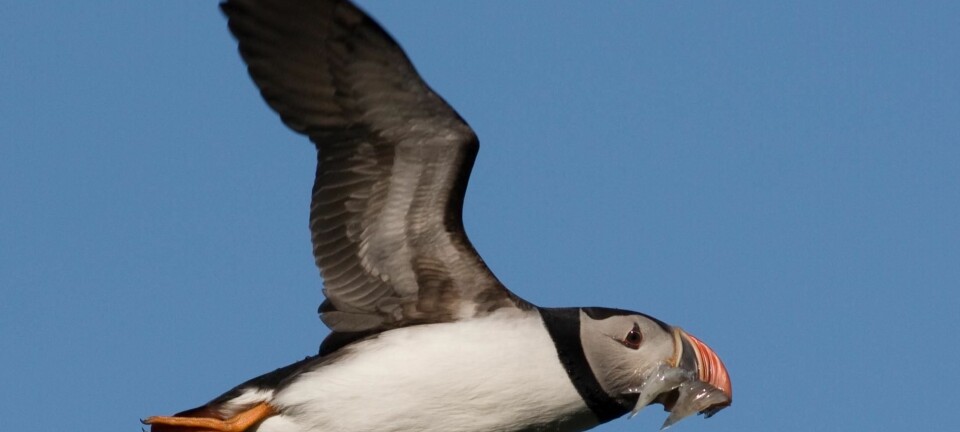This article was produced and financed by The Fram Centre
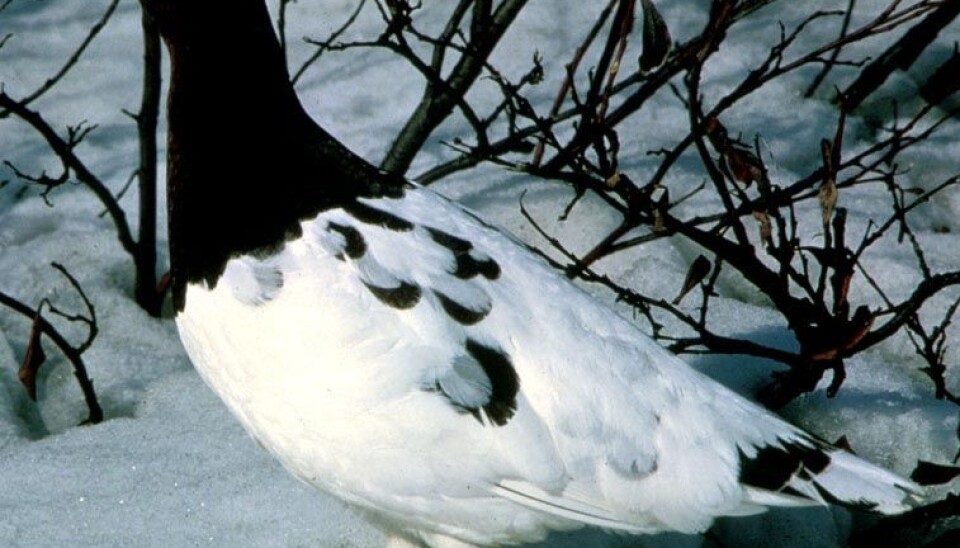
Less thicket and more crows are not good for ptarmigan
A marked decline in the numbers of willow ptarmigan shot in Northern Norway is not proof of hunters being poorer shots. Less thicket and more crows must take some of the blame for a declining population.
Denne artikkelen er over ti år gammel og kan inneholde utdatert informasjon.
Many ptarmigan species are now threatened globally with extinction. This has often been related to manmade changes in the volume and structure of the birds’ habitats.
At the same time, it has been widely assumed that willow ptarmigan in Fennoscandia were not under threat. This does not appear to be the case, according to a new study.
The willow ptarmigan (Lagopus lagopus) is a species of ptarmigan from the grouse subfamily which is also known as red grouse.
“The national hunting statistics, which are based on hunters’ reported catches, indicate a marked decline over the whole of Norway, and with the far-north county of Finnmark showing the greatest decline in the numbers of willow ptarmigan shot. These reports are not precise, but still a good indicator of the size of the population,” explains John-André Henden, researcher at Department of Arctic and Marine Biology, University of Tromsø.
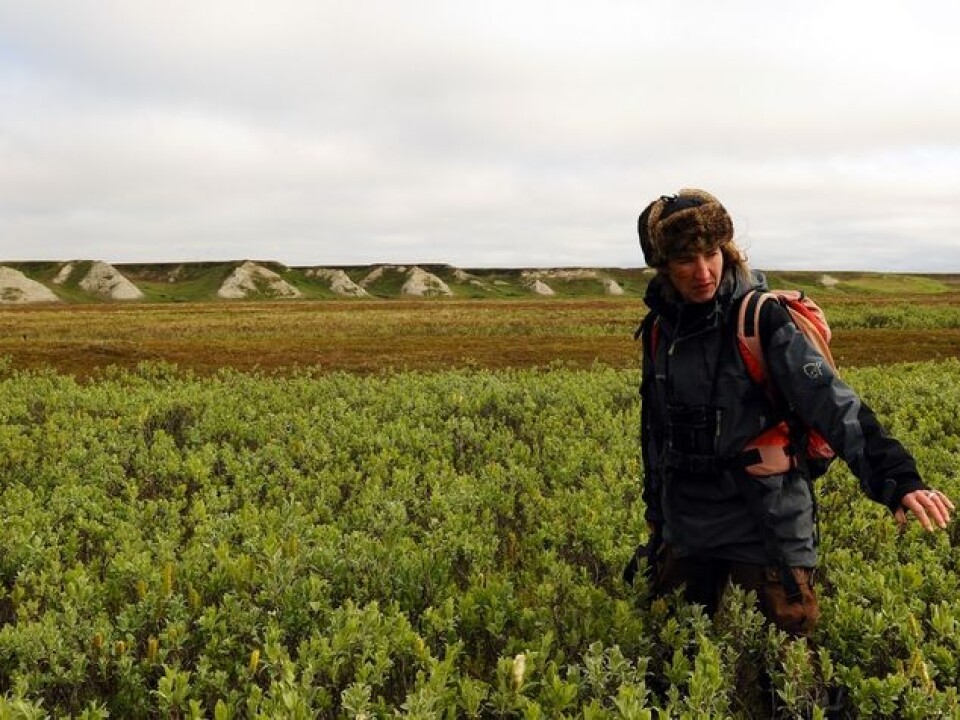
Henden is one of 11 research scientists behind a research project set up to investigate how habitat structure impacts on populations of willow ptarmigan and the factors that affect the dynamics of ptarmigan communities.
Thicket and crows
Ptarmigan is one of the most popular game bird species in Norway, but according to Statistics Norway the reported annual catch declined from over half a million in the 1999/2000 hunting season to 164,000 in 2009/2010. About two-thirds of the individuals felled in Norway are willow ptarmigan, while the rest are common or rock ptarmigan.
Whilst previously it was thought that the ptarmigan populations were primarily regulated by the food supply as well as predation by predators specialised in small rodents, the study shows that the relationship of the ptarmigan to its surrounding habitat is more important. Changes in the birds’ habitat or, to use a more popular expression, neighbourhood, mean a great deal for the willow ptarmigan’s distribution through the landscape.
“It is evident that willow thickets are much more significant than previously assumed," says Henden.
The willow ptarmigan lives a protected life in the willow thickets that cover large areas of the tundra. Changes in the vegetation have a negative impact on the birds, and the willow ptarmigan’s ‘residential areas’ are disappearing.
"And yet these changes in habitat do not fully explain the sharp decline we are seeing,” adds Henden.
Overbrowsing of willow thicket by reindeer, which splits the thicket up into smaller fragments, as well as hunting, have an effect on the willow ptarmigan population, but the researchers are unable to establish how great an effect.
"What appears to be a more serious threat is crows moving into the area,” says Dorothée Ehrich of University of Tromsø. She is also part of the research team.
The crow, like the red fox, is the potential villain of the piece where the willow ptarmigan is concerned. Crows are fond of both eggs and chicks, and thus strong candidates for adversely affecting the birds’ ability to reproduce.
Small window of reproduction
Ehrich explains that the willow ptarmigan does not have a long life, and the reproductive years are extremely important. Each clutch has around 10 chicks and when there are only two or three years to do it in, it’s obvious that it doesn’t take much for something to go wrong.
In two areas in Russia that are comparable with Finnmark in terms of latitude and vegetation, there is more willow ptarmigan and more willow thicket, but also fewer crows, red fox – and hunters.
"So this comparison doesn’t point to any clear cause of the decline either," says Erich.
So far the general assumption has been that there was a link between the populations of small rodents and willow ptarmigan; the fewer rodents, the fewer willow ptarmigan.
“There no longer appears to be much of a discernible link between these two cycles,” concludes the two researchers.
Scientific links
- Dorothée Ehrich et al: The importance of willow thickets for ptarmigan and hares in shrub tundra: the more the better? OECOLOGIA 168 (1) 2012, DOI: 10.1007/s00442-011-2059-0 (abstract)
- John-André Henden et al: Declining willow ptarmigan populations: the role of habitat structure and community dynamics, Basic and Applied Ecology, 12 (5), 2011 (abstract)







